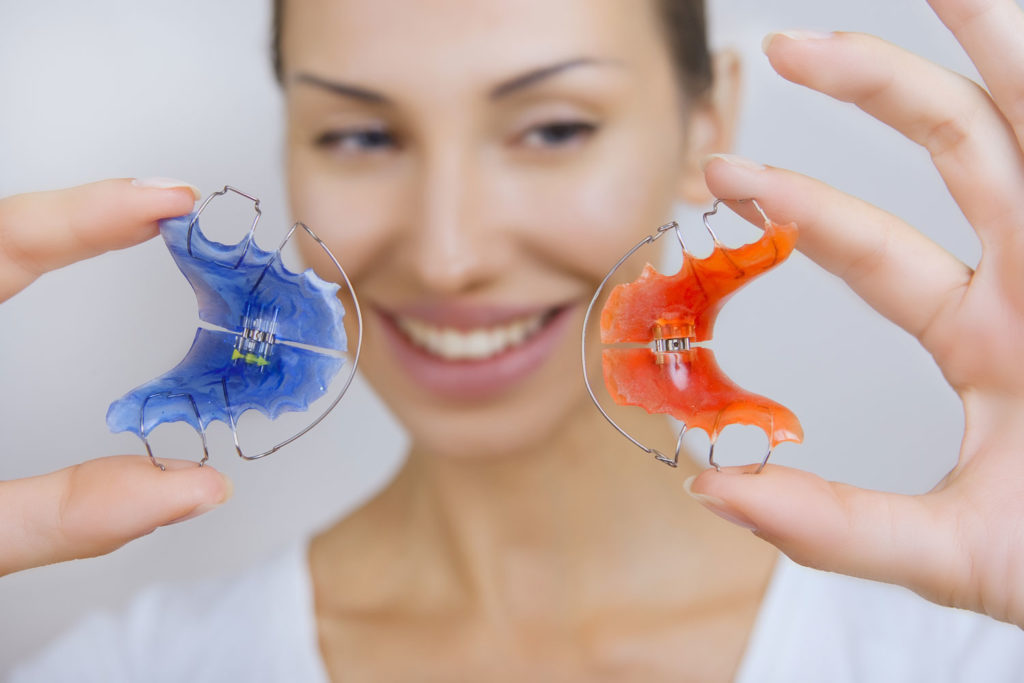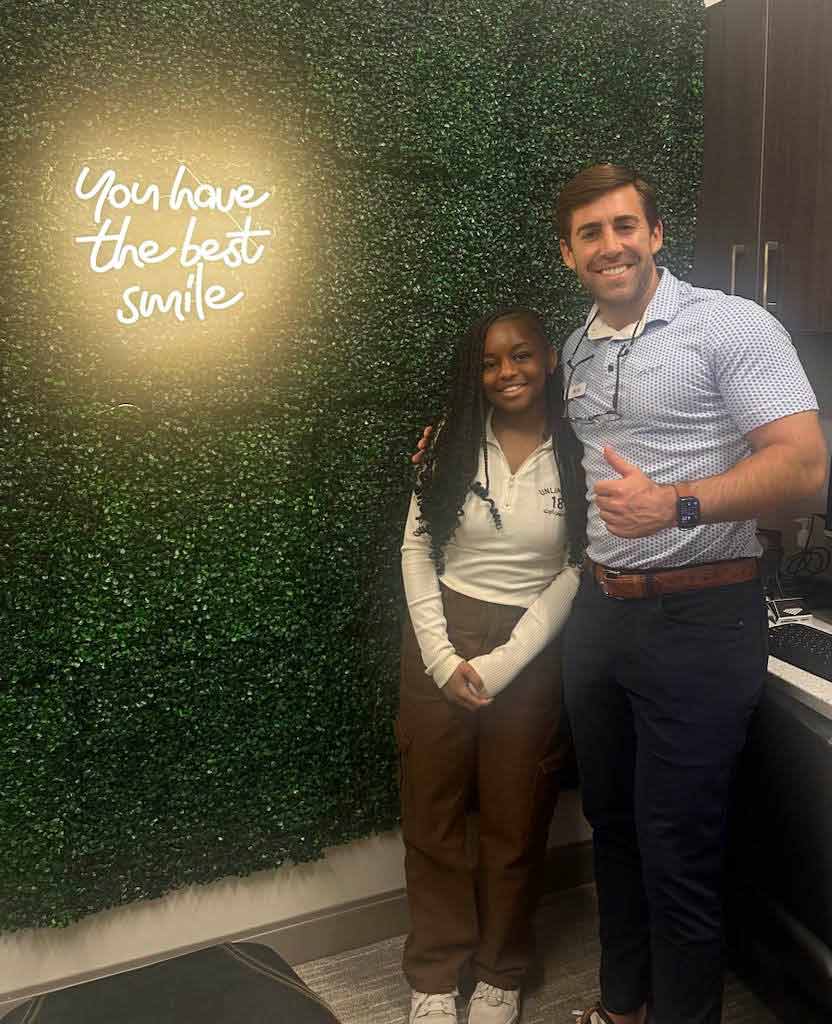The field of orthodontics is full of confusing, unfamiliar terminology. In an effort to help our patients understand their diagnosis and treatment options, we’re discussing some of the more commonly used terms in several of our posts.
Today we are talking about functional appliances. One might think any appliance used in orthodontics would be functional, but this term refers to a set of appliances used for a specific reason.
Functional appliances are used with Class II problems, which occur when the top teeth bite in front of the lower teeth, or to expand the jaw to relieve overcrowding. These appliances reposition or reshape the upper or lower jaw of a patient rather than straighten teeth. Fixing these issues not only improves the patient’s appearance, it can also relieve medical issues such as migraines, dizziness or sleep apnea. Someone with restricted airflow may also benefit from using a functional appliance to widen the upper jaw, which can open up narrow sinuses passages.
Because this orthodontic treatment is changing the position or shape of the jaw, a functional appliance works best when the patient is still growing. Treatment can, and should, begin as early as age 7.
Common Types of Functional Appliances
Both fixed and removable functional appliances are available. If a patient is likely to forget to wear the appliance or lose it, fixed may be a better option. One of the most common fixed appliances is the Herbst appliance, which is made of metal connected directly to the teeth and works to bring the lower jaw forward to meet the upper jaw. A removable option for this process is the twin block. This appliance is made of wire and acrylic and resembles a top and bottom retainer stuck together.
Jaw expanders can be used on both the top and bottom jaws and are usually fixed. Screws in an upper expander are turned to gradually stretch the cartilage in the jaw and allow more room for teeth while a lower expander tips the teeth outward because the lower jaw cannot be expanded.
Care and Length of Treatment
Fixed appliances obviously cannot be removed for cleaning, so careful, thorough brushing is best. A special brush may be provided by your orthodontist for this purpose. Removable appliances can also be cleaned with toothpaste and a toothbrush outside of the mouth, but hot water should never be used since it could soften the acrylic parts or bend them out of place.
As with braces and Invisalign, patients need to be careful about what they eat. Staying away from sticky or hard foods will reduce the risk of damaging the appliance. When the appliance is first put in place, you might have trouble speaking clearly and your teeth may be sore, but these issues will disappear relatively quickly.
Using this type of appliance may eliminate the need for headgear, tooth extraction or jaw surgery, so it is worth talking to your orthodontist about. If you have additional questions about this type of treatment or think your child could benefit from it, please feel call our office at (843) 4-BRACES to schedule a free consultation.



